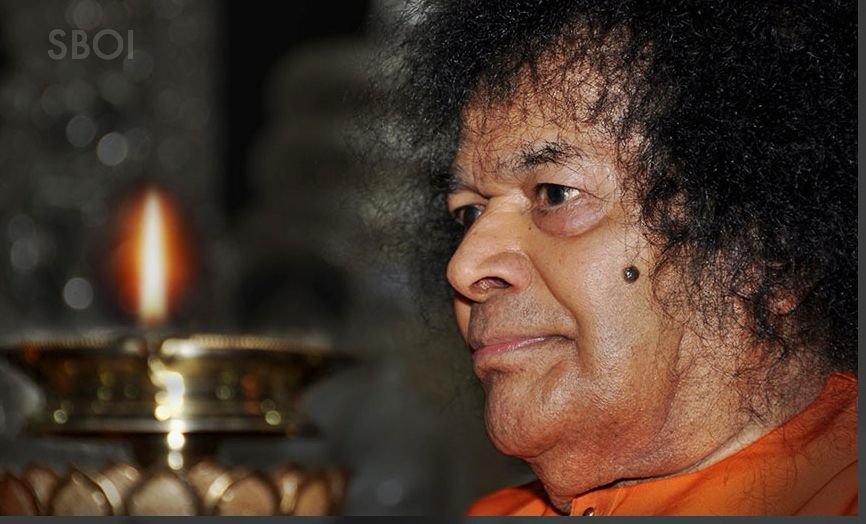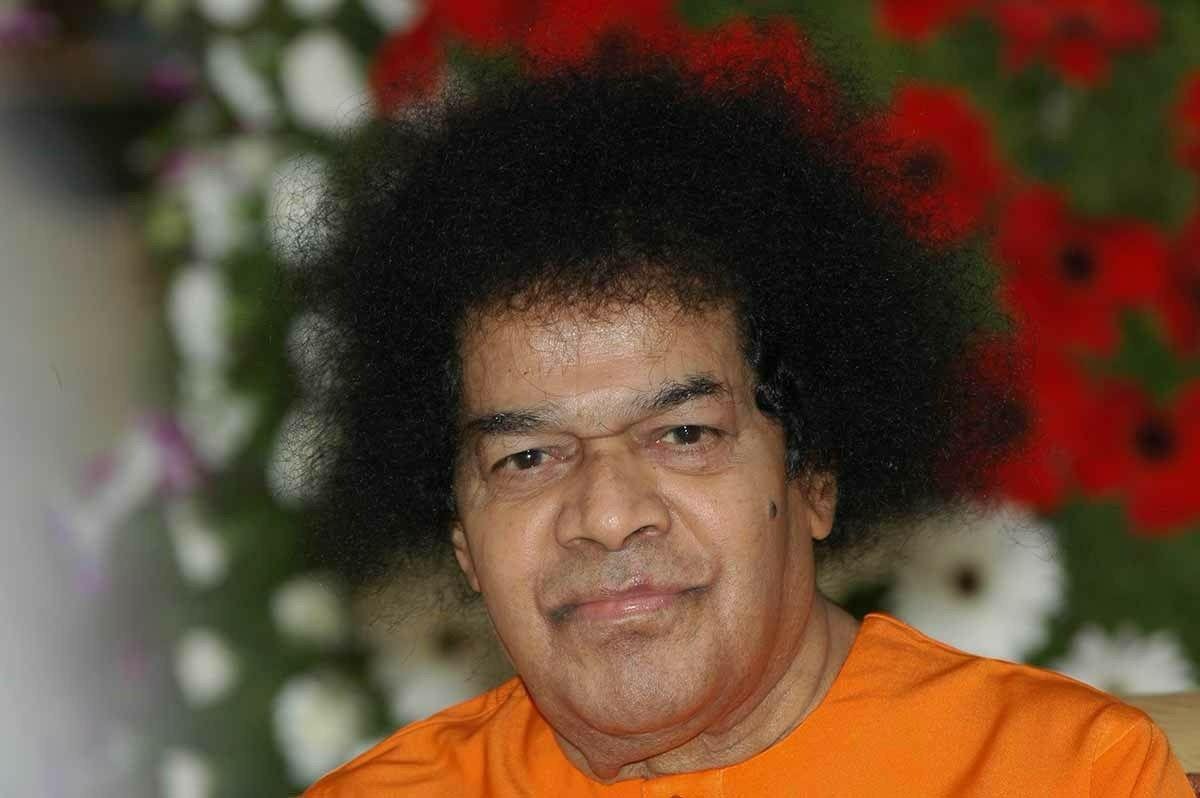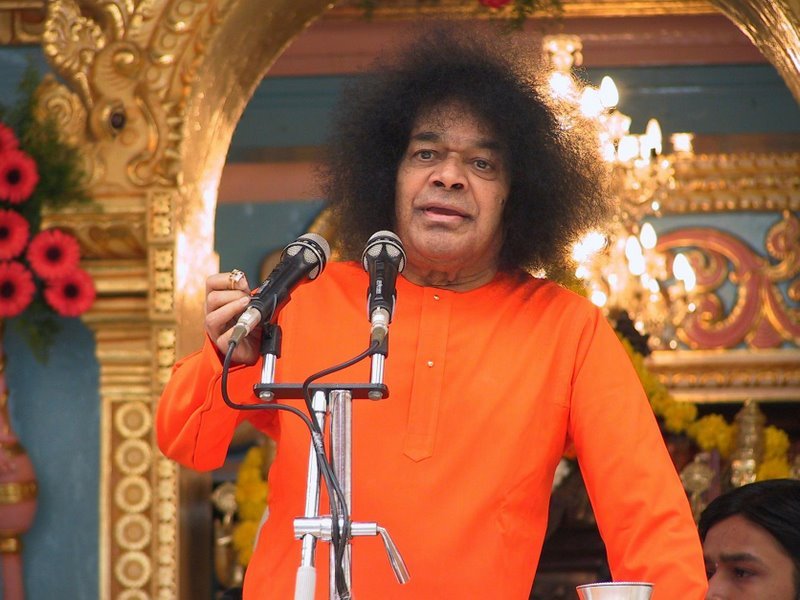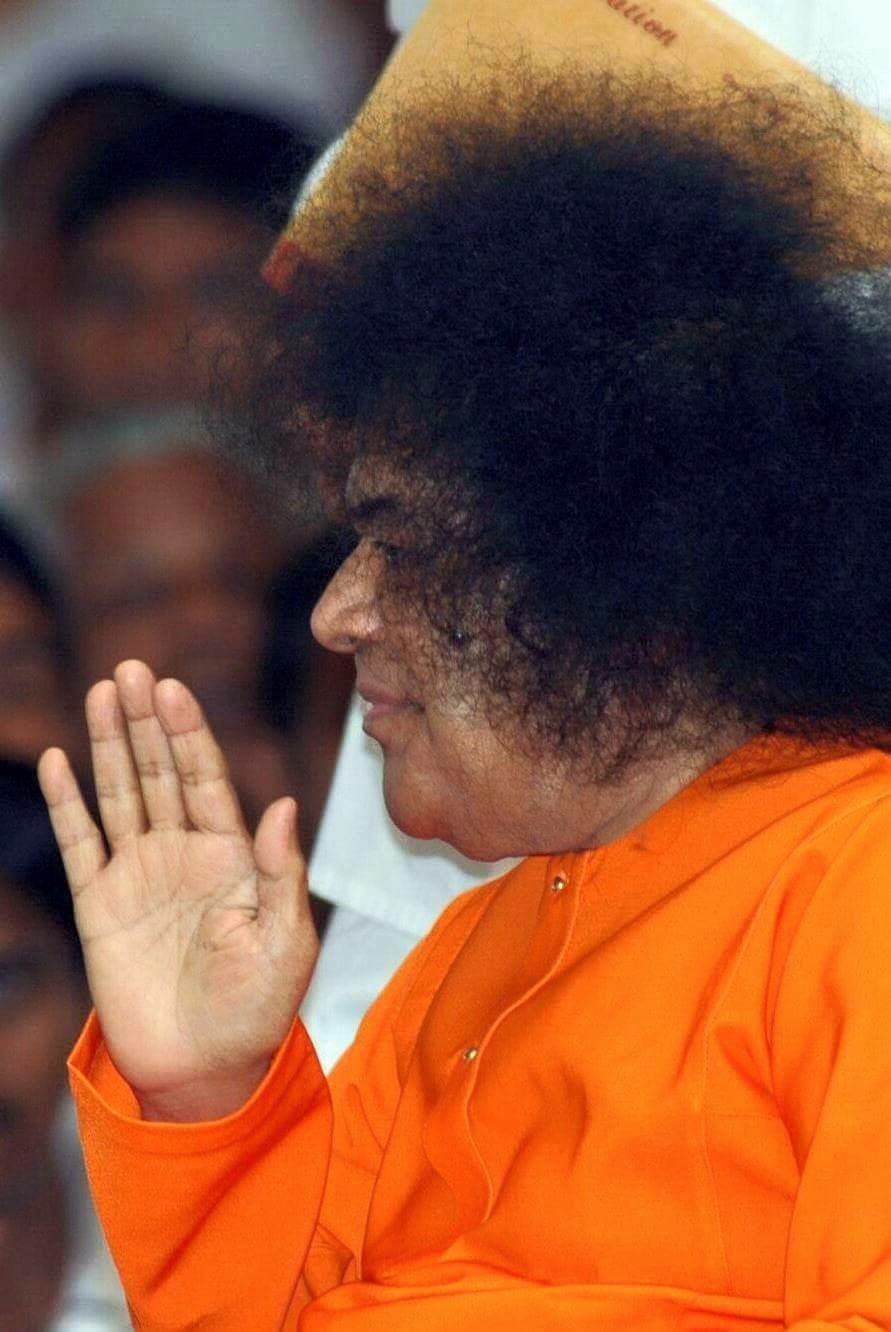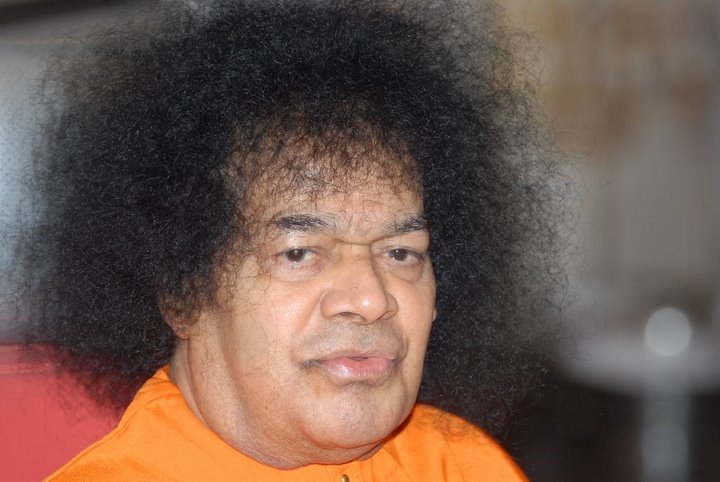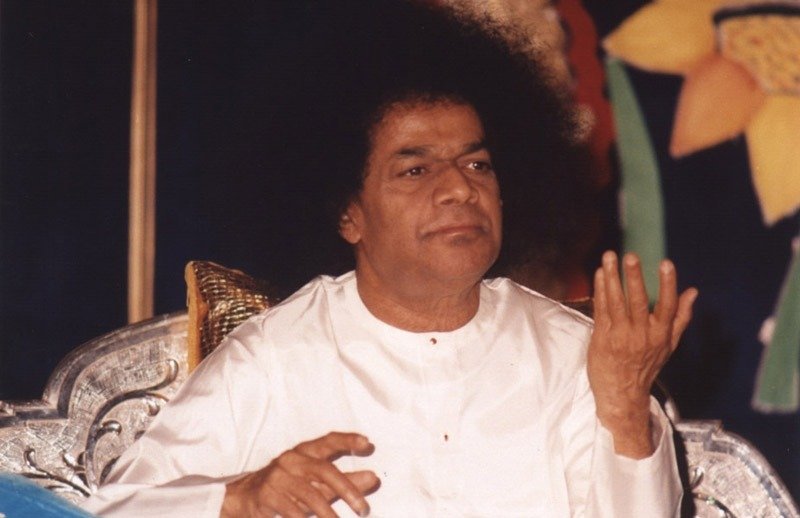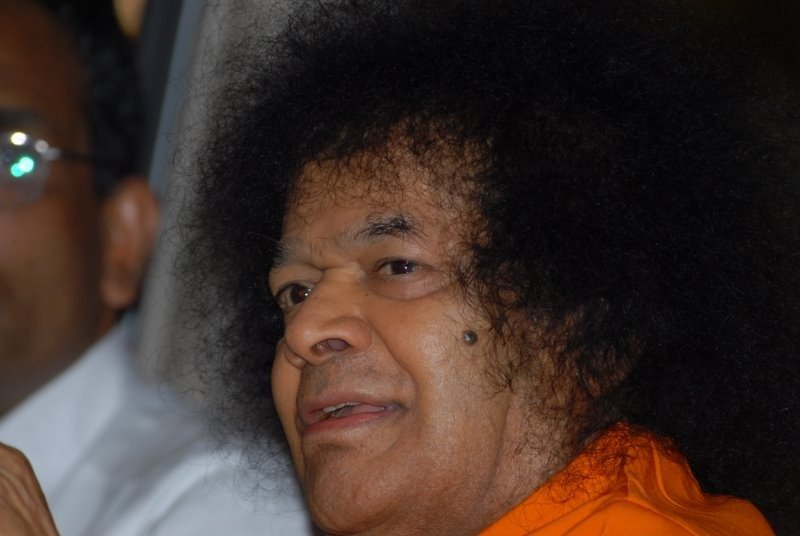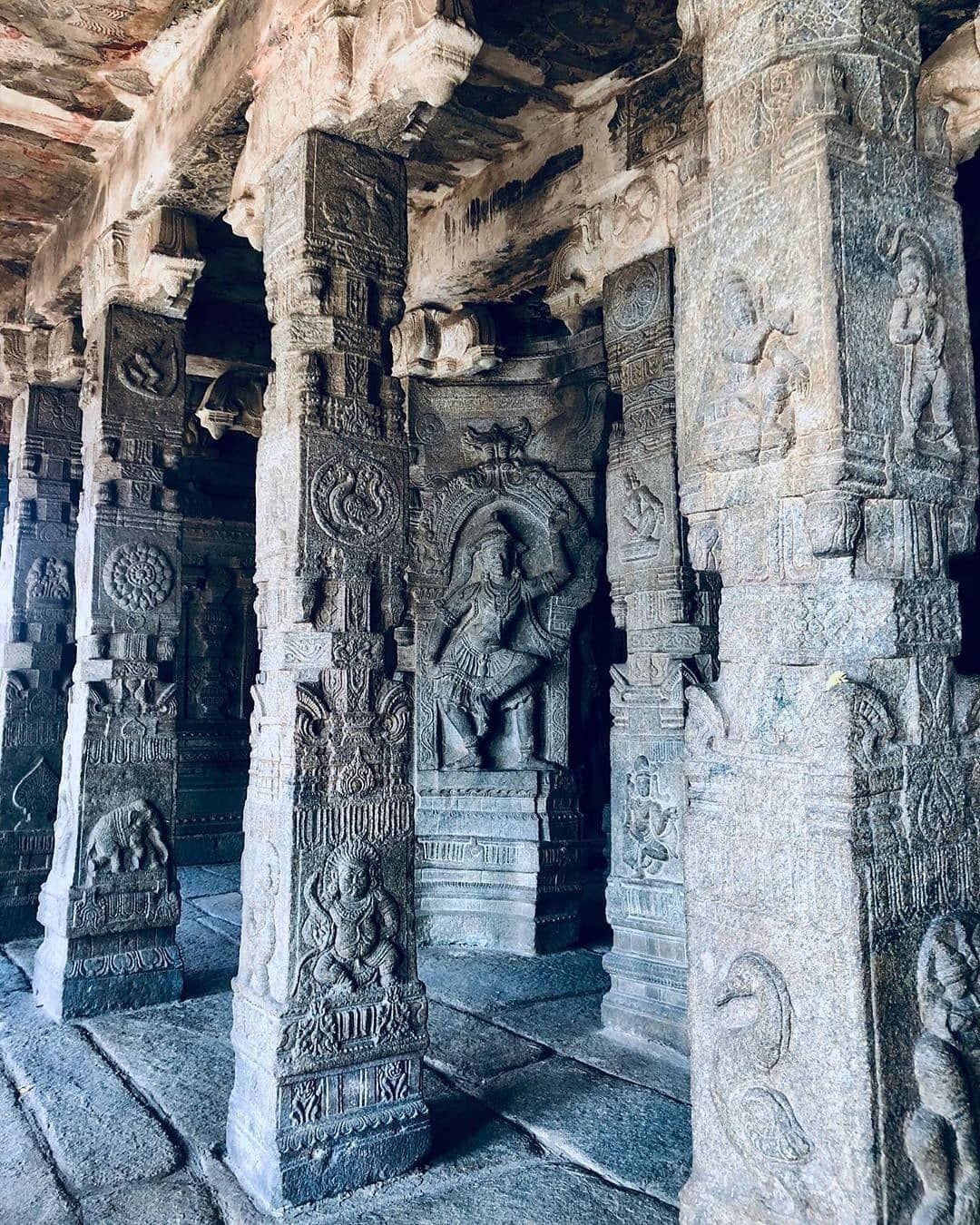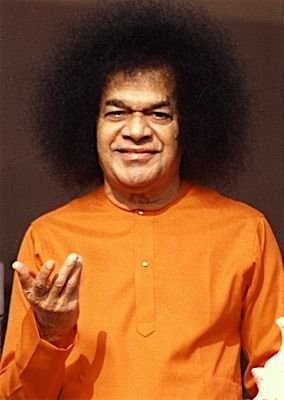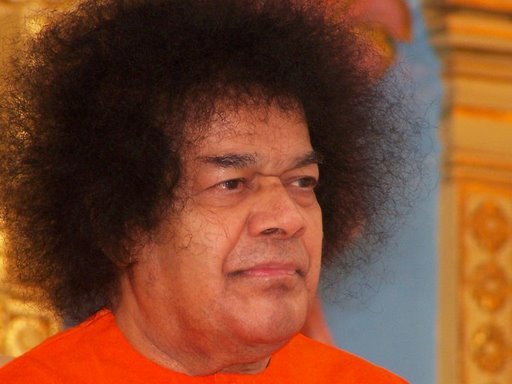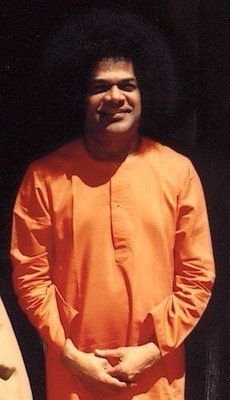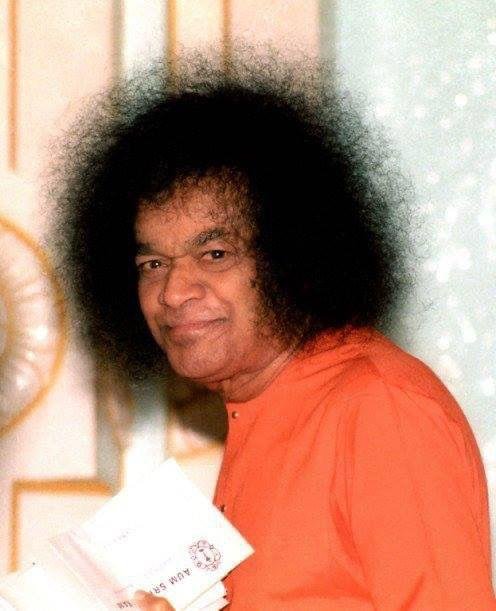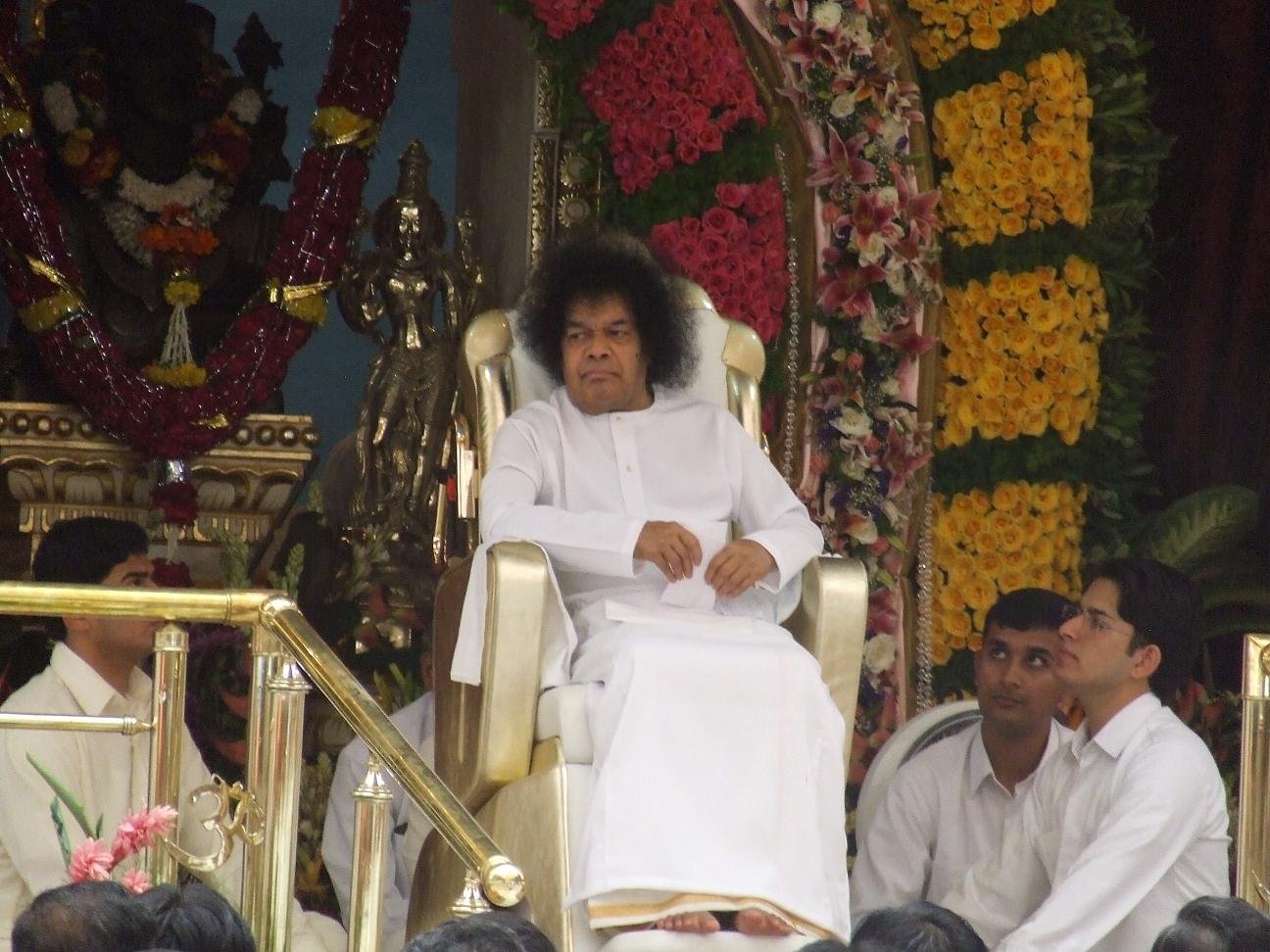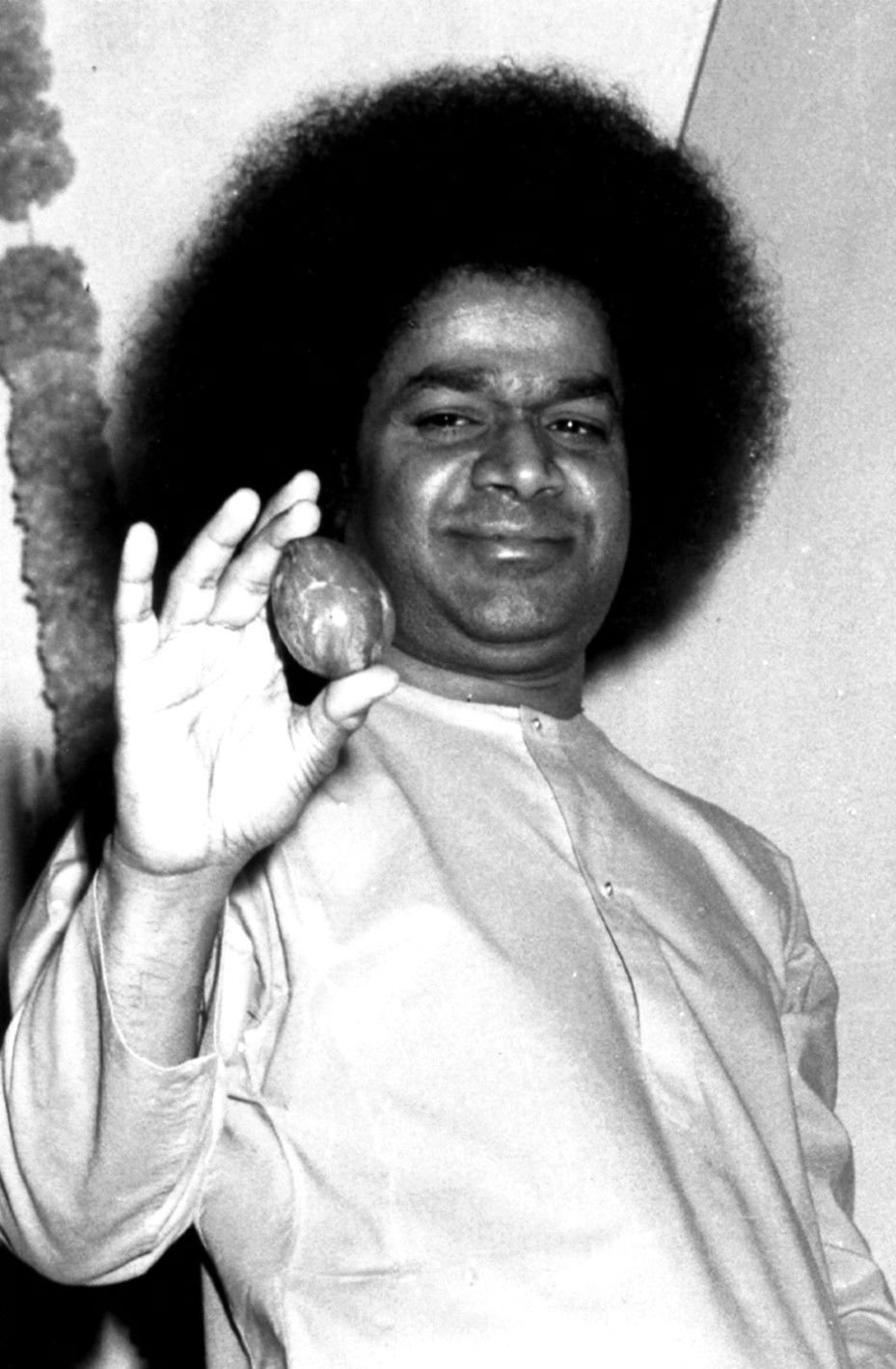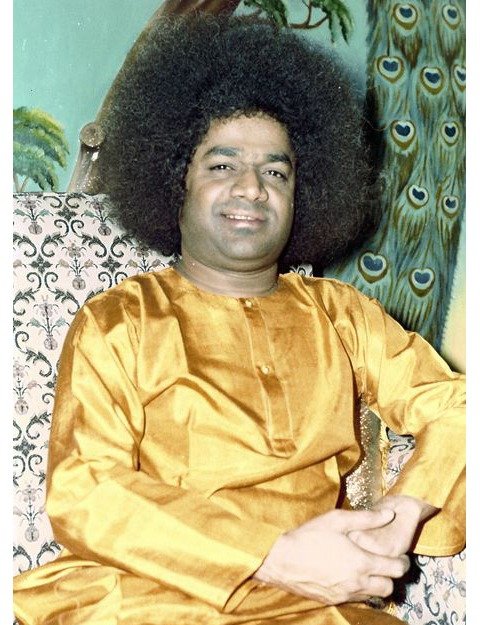Volume Thirty nine (2006)
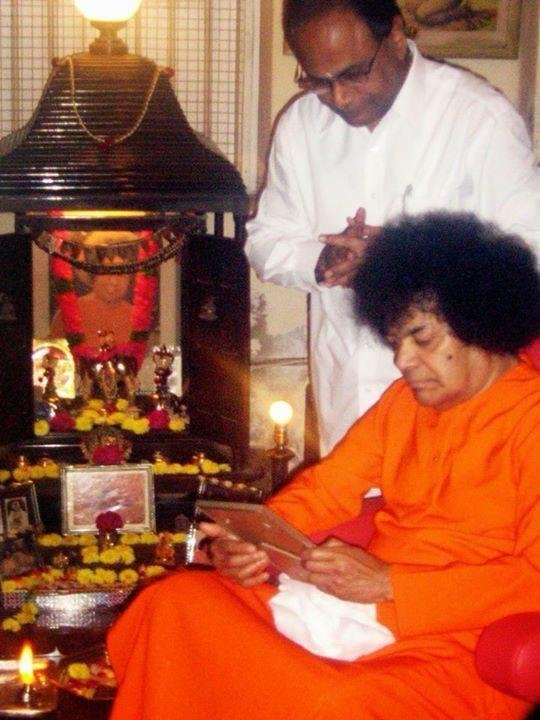
Sathya Sai Speaks – Volume 39 is a profound compilation of divine discourses delivered by Bhagawan Sri Sathya Sai Baba during the year 2006, offering timeless spiritual guidance that is both practical and deeply transformative. This volume carries a total of 17 discourses, starting with the talk delivered on Makara Sankranti (January 14, 2006) and concluding with the discourse given on Christmas Day (December 25, 2006).
The messages delivered in this volume reflect the matured and compassionate voice of Baba, who repeatedly urges devotees to recognize their true identity as the Atma, and to live a life guided by truth, righteousness, peace, love, and non-violence — the five core human values he championed throughout his mission. The opening discourse sets the tone by emphasizing the need to discharge one’s worldly duties with sincerity and surrender to God, stating that real success lies not in material achievements but in spiritual fulfillment.
Throughout the volume, Baba addresses the challenges of modern life — restlessness, ego, selfishness, and loss of values — and reminds devotees that true sadhana (spiritual practice) begins with sense control, inner purity, and constant remembrance of God. A recurring theme in these discourses is the power of divine names, particularly the name of Rama, which Baba says can purify the mind and elevate the soul. He explains that Atma, the true Self within all beings, is formless, eternal, and beyond all limitations, and realizing this truth is the essence of all spiritual pursuit.
Another significant theme in this volume is selfless service — Baba affirms that serving society without expectation is the highest form of devotion, and he encourages everyone, especially the youth, to take up service as their life’s mission. He also speaks of the unity of all religions, urging people to see the underlying oneness that pervades all faiths and to develop broad-mindedness, tolerance, and compassion.
His teachings are not abstract philosophies but are rooted in real-world application — he urges students to respect parents, teachers, and elders; to avoid bad company; and to lead a life of moral integrity. The discourses are peppered with stories from the Ramayana, Mahabharata, and Bhagavata, which Baba uses skillfully to convey profound lessons in simple, relatable ways.
One particularly powerful discourse titled “Control of senses is the real sadhana” underlines how conquering inner impulses is more challenging — and rewarding — than external achievements. In another talk, Baba highlights that spirituality is not separate from daily life, but should be woven into every action, thought, and relationship.
His message to the youth is especially strong in this volume — he calls upon them to live as ideal citizens, to dedicate their talents to uplift society, and to remember that God dwells within them. In conclusion, Volume 39 is not just a collection of discourses but a manual for righteous living, a guidebook for self-realization, and a loving call to awaken the divinity within. Baba’s words are clear, direct, and filled with immense compassion — reminding every reader that the purpose of life is to recognize one’s divine essence, to love and serve all, and to merge back into the source of all love — God.



